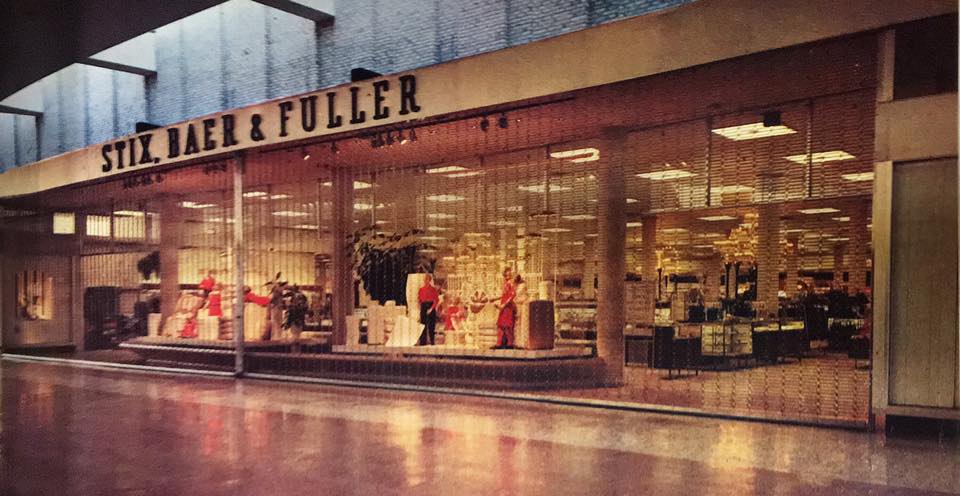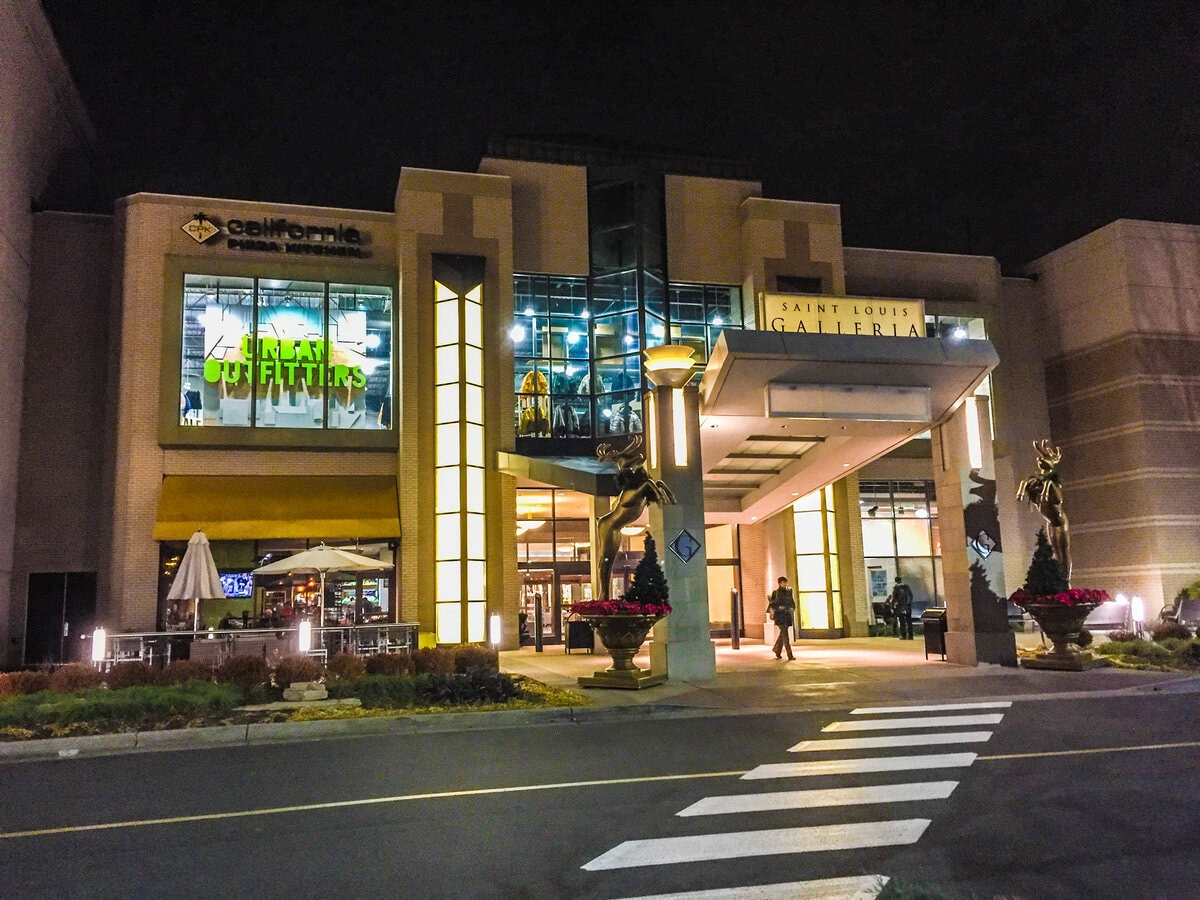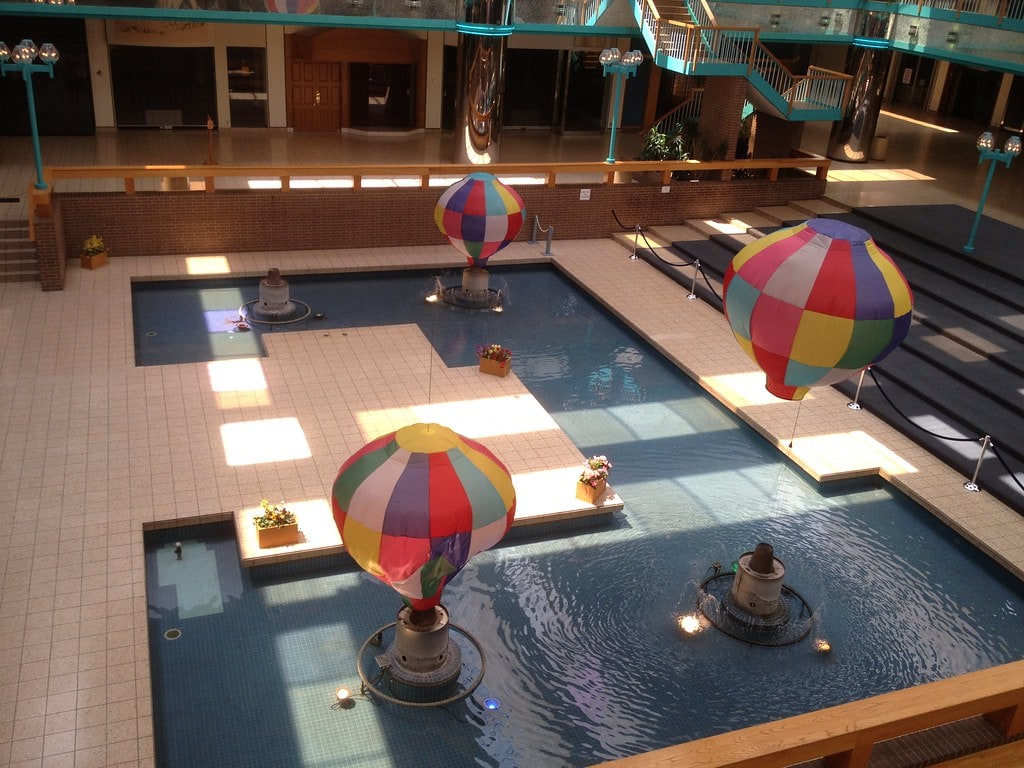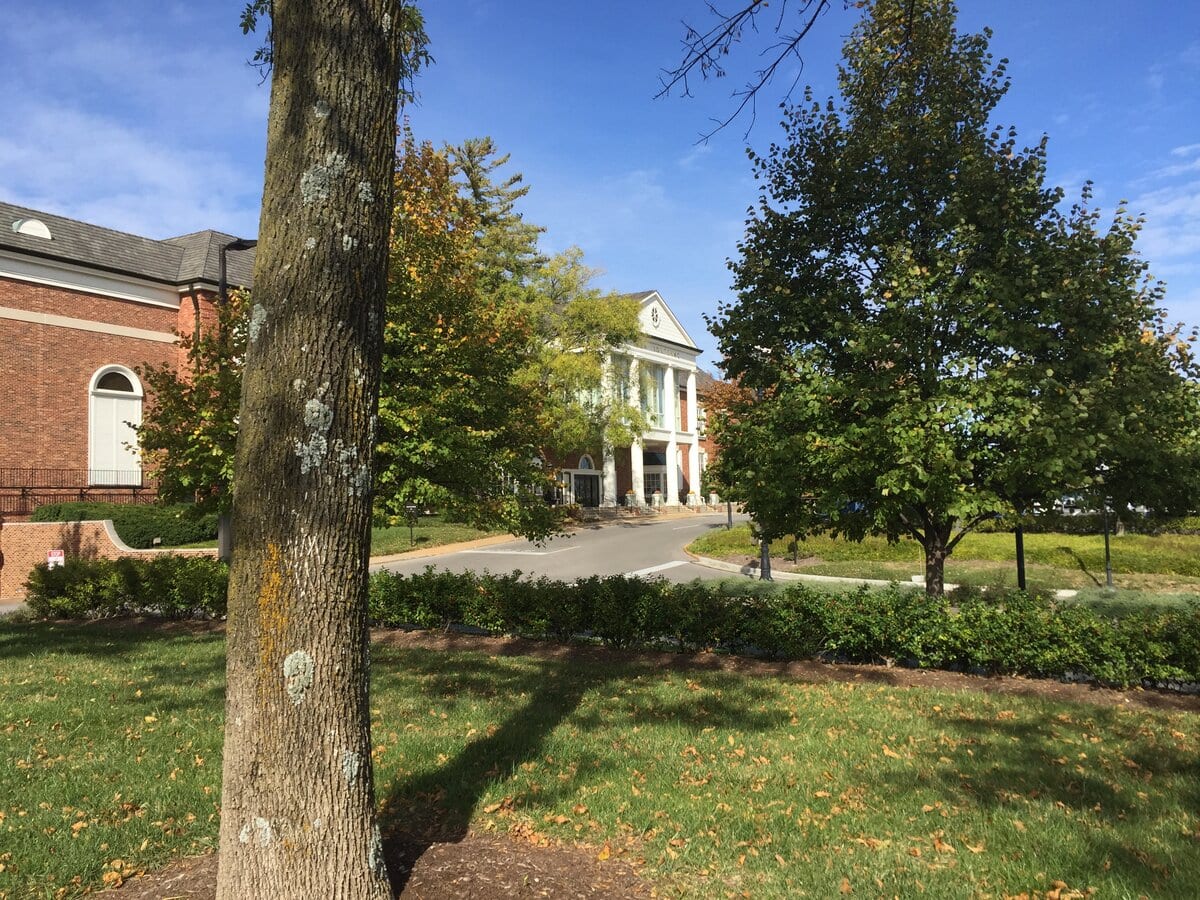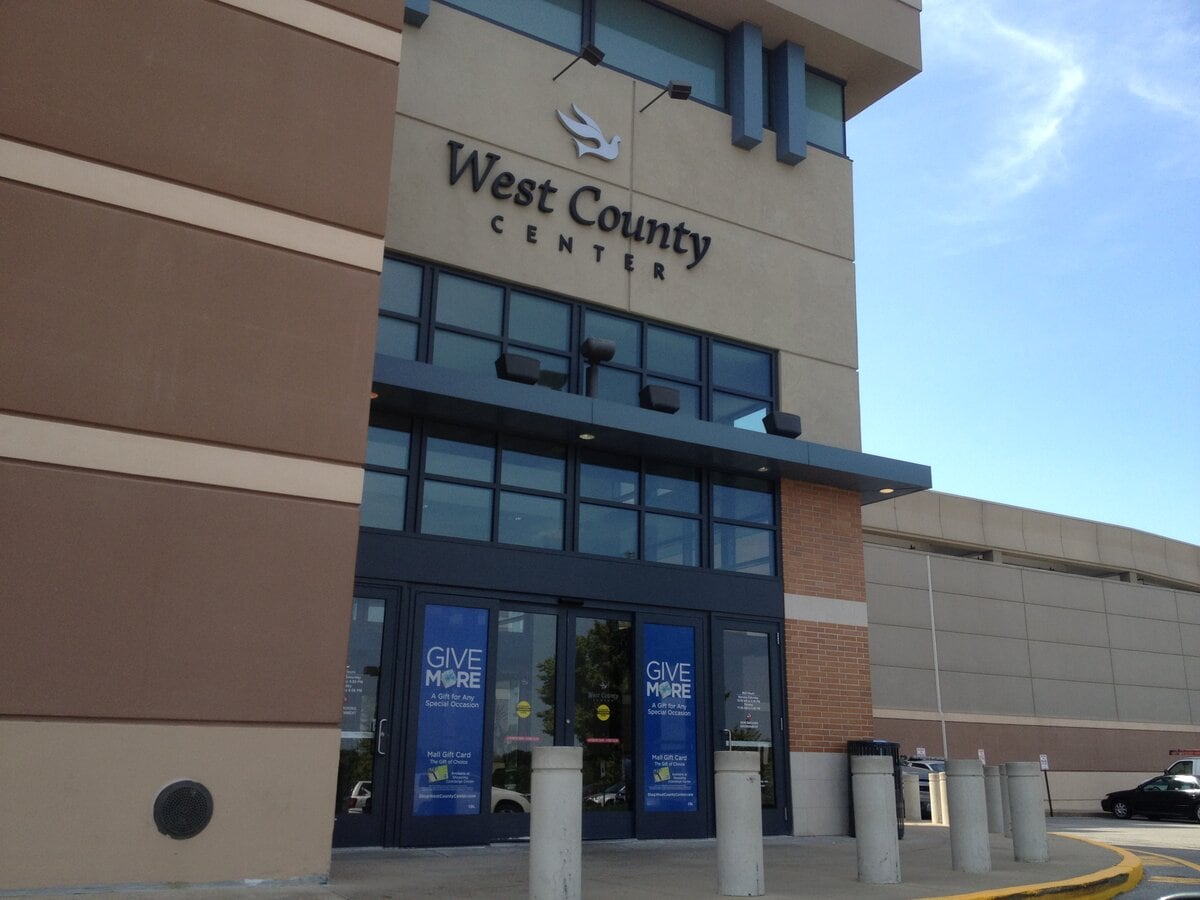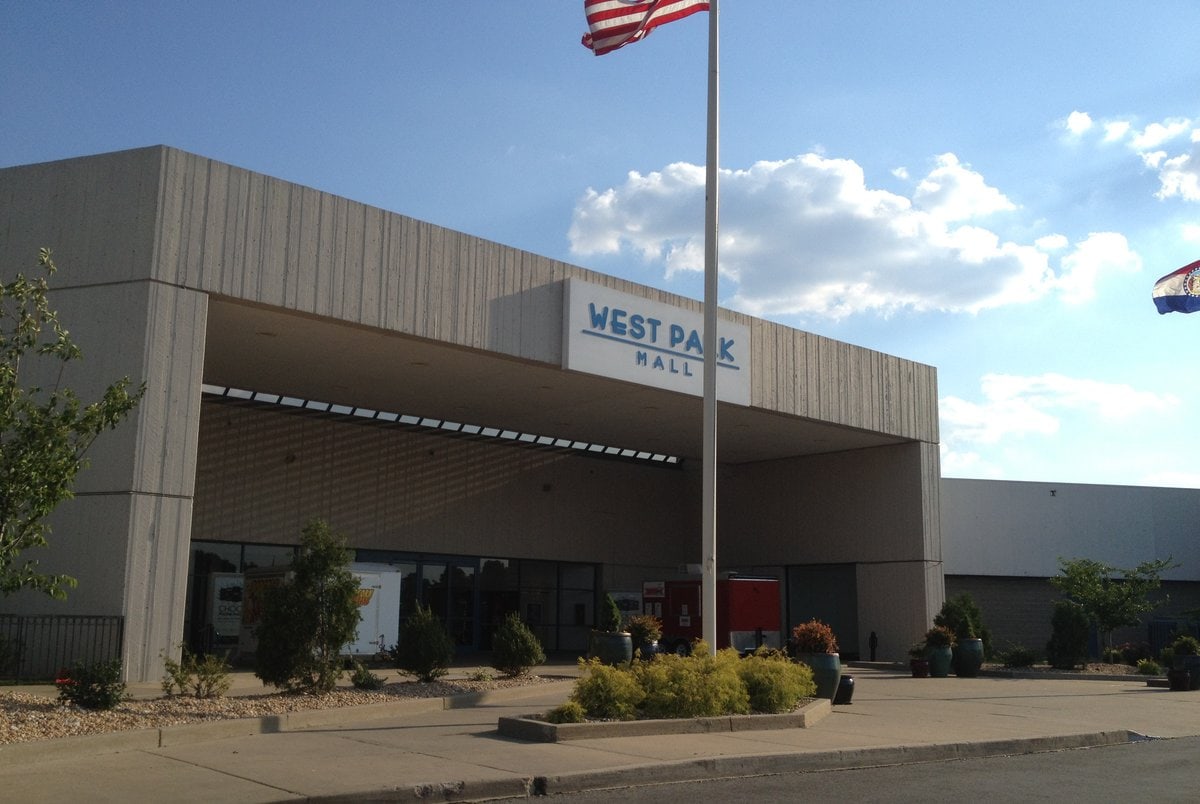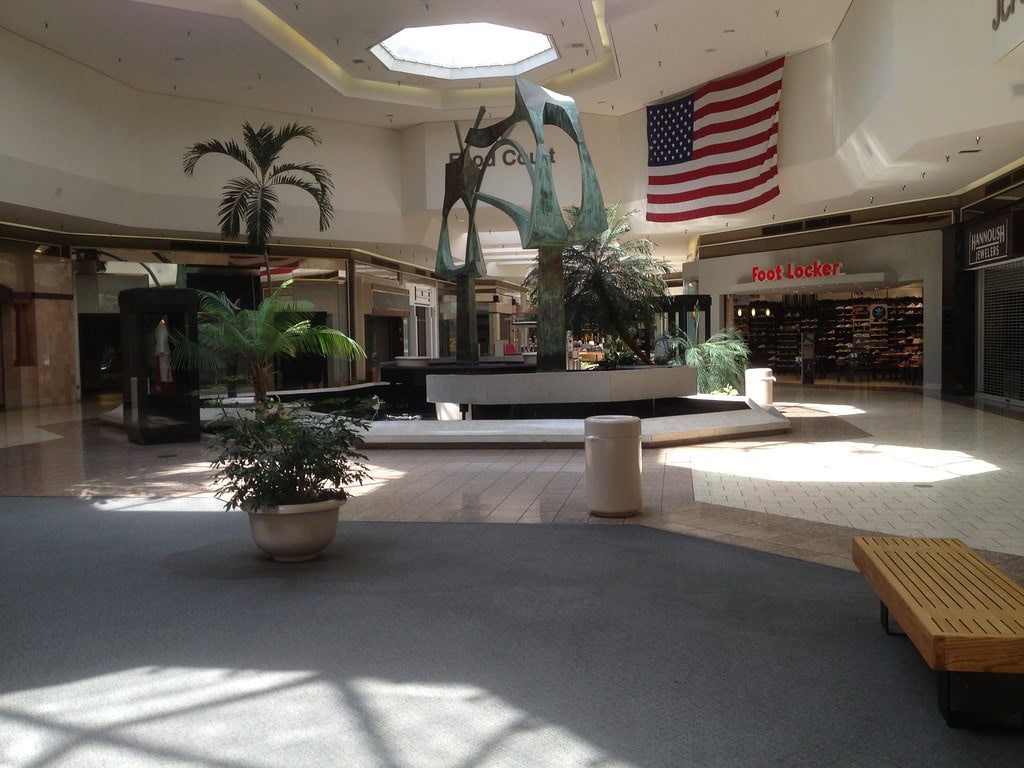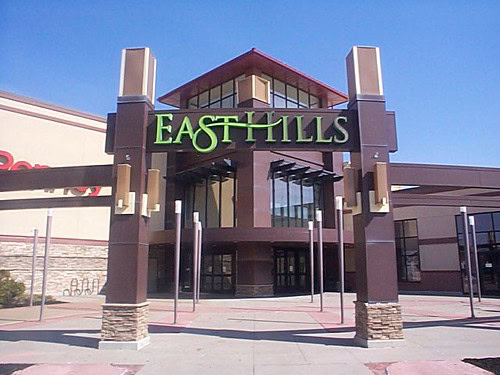The Vision and Grand Opening of St. Louis Mills
In August 2002, Mills Corporation announced plans for a new shopping destination that would bring fresh retail energy to Hazelwood, Missouri.
The company, known for its large outlet malls across the U.S., saw potential in a site just off Missouri Route 370.
By securing this 110-acre plot for $20 million, they aimed to create a shopping experience that combined outlet stores with traditional mall tenants - something they believed would appeal to shoppers from St. Louis and beyond.
The vision was grand, and excitement was high.
On November 13, 2003, St. Louis Mills officially opened its doors, and locals and visitors alike flocked to see what the buzz was all about.
With over 200 stores, ranging from big-box retailers like Cabela's to smaller specialty shops, the mall had something for everyone.
It wasn't just about shopping, either - it was a place for entertainment.
Attractions like Ice Zone, the St. Louis Blues' practice facility, and the NASCAR Speedpark made it stand out from other malls in the region.
The Mills Corporation hoped that these unique elements would keep foot traffic high and establish St. Louis Mills as a top destination for things to do in Hazelwood, MO.
During the first few months, the mall experienced a strong influx of visitors. Its vibrant interior, filled with colorful storefronts and expansive walkways, created an inviting atmosphere.
Shoppers could easily spend hours exploring the mall's offerings, which included well-known outlets as well as niche retailers.
Yet despite the fanfare, some early visitors noted the mall's location - far from major residential areas - might prove to be a challenge in the long run.
At the time, though, it was hard to imagine anything but success for such a massive new addition to Hazelwood's commercial scene.
Challenges and Decline
After the initial excitement, it didn't take long for St. Louis Mills to start facing challenges.
By 2007, Simon Property Group had acquired Mills Corporation, which meant a shift in ownership and management.
While this acquisition seemed promising at first, it couldn't solve one of the mall's biggest problems: location.
St. Louis Mills was far from major residential areas, so customers had to travel far to visit.
As a result, foot traffic began to drop, and retailers started feeling the pinch.
The 2008 financial crisis only made things worse. Stores like Circuit City, one of the mall's larger tenants, closed their doors for good.
With the economic downturn, many businesses found it difficult to stay afloat.
Some opted not to renew their leases when they expired, leaving large portions of the mall vacant.
By 2010, the mall's occupancy had dropped dramatically. Shoppers noticed the empty storefronts, and it became clear that St. Louis Mills was struggling.
In 2012, the mall was rebranded as St. Louis Outlet Mall in an attempt to revive interest.
However, this rebranding didn't bring the desired results. The mix of outlet stores and conventional retail just wasn't enough to draw people back.
The surrounding competition also became an issue. Other malls in more accessible areas, like Chesterfield, offered similar shopping experiences without the hassle of a long drive.
The once-promising project had entered a period of decline, and the future looked uncertain for St. Louis Mills.
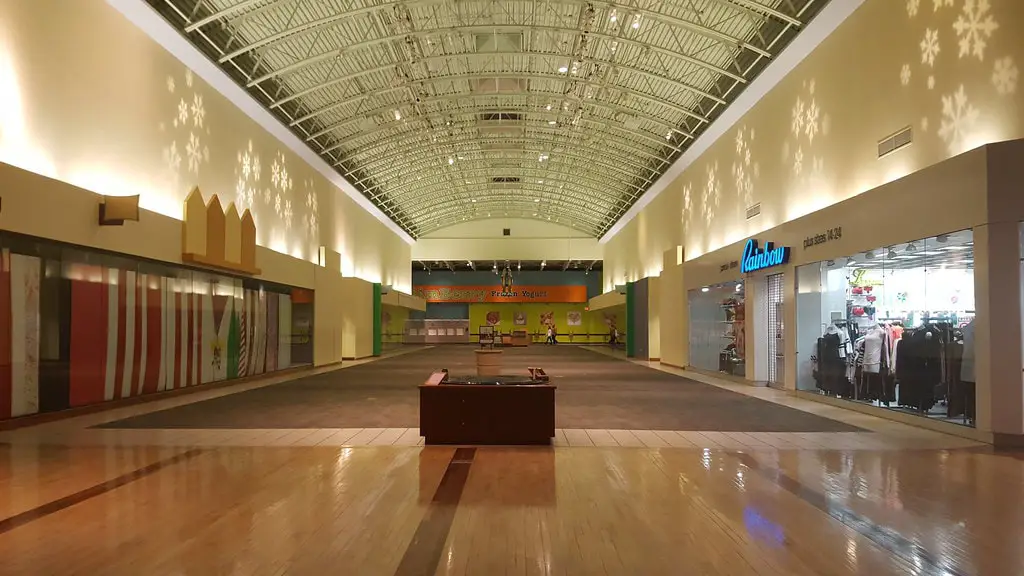
Failed Redevelopment into Powerplex STL
In 2019, Namdar Realty Group, which had taken over ownership, announced plans to close the struggling mall.
The plan was to transform the property into a large-scale sports complex, Powerplex STL, that would attract youth and amateur sports teams from across the region.
The mall's existing infrastructure, including its 1.2 million square feet of space, made it a viable candidate for such a transformation.
The closure officially took place in August 2019, with tenants given 30 days to vacate.
The redevelopment plans seemed to move forward initially. However, progress was slow, and several setbacks delayed the opening.
By November 2022, 50% of the building had been sold to Industrial Commercial Properties, raising concerns about the sports complex's viability.
Ultimately, Powerplex STL closed its doors on May 1, 2023, never fully realizing its potential.
The community, particularly local sports enthusiasts, was disappointed to see the project come to an abrupt end.
With the closure, the property remains in limbo, a stark reminder of the challenges in repurposing large retail spaces like St. Louis Mills.
Notable Attractions: Then and Now
One of its main attractions was the Ice Zone, a 1,200-seat indoor ice arena that served as the practice facility for the St. Louis Blues NHL team.
Fans could attend open practices for free, and the venue also hosted public skating and local hockey leagues.
The Blues' presence gave the mall a unique draw, especially for sports enthusiasts, though this began to fade when the team moved to the Centene Community Ice Center in 2019.
Another major attraction was the NASCAR Speedpark, an indoor and outdoor go-kart track where fans could meet NASCAR drivers like Kevin Harvick.
The speed park added a fun, high-energy element to the mall, especially for families and motorsport fans.
However, like many other features at the mall, it eventually closed for good on May 29, 2014.
The ESPN Skate Park also opened alongside the mall in 2003 but quickly ran into legal trouble when ESPN pulled out due to a copyright dispute.
It was renamed St. Louis Mills Skate Park in 2005 and later reopened under different names, including Plan Nine, but ultimately closed for good in 2017.
Despite efforts to revive it, the skate park never regained the popularity it had in its early years.
Today, many of these once-bustling attractions are just memories.
Of the few things that remain, Cabela's - an outdoor retailer known for its large-format stores - continues to operate independently, standing as one of the last remnants of the original mall.
The presence of Cabela's keeps a small trickle of visitors coming, but it's a far cry from the bustling entertainment center St. Louis Mills once aimed to be.
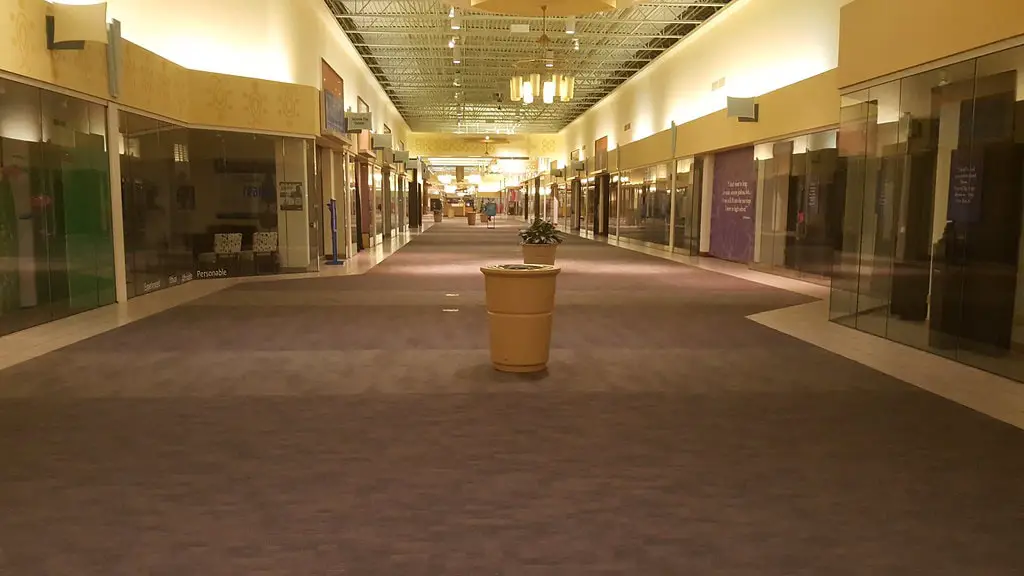
What Went Wrong?
One of the primary issues was its poor location. The mall was built far from residential neighborhoods, making it difficult to attract regular foot traffic.
Additionally, the mall's location off Highway 370 was based on predictions that St. Charles County would expand northward.
However, growth in the region moved west along I-64/70 instead, isolating the mall from new developments.
This isolation came at a time when malls, in general, were seeing a downturn.
Declining malls and commercial saturation were affecting many retail centers across the country, and St. Louis Mills was no exception.
The suburban retail model that malls depended on was losing traction, while competition from online shopping, particularly from companies like Amazon, grew stronger.
Adding to these challenges was a mismatch between the demographics the mall targeted and the actual customer base that frequented it.
The mall was designed to attract affluent shoppers from West County and St. Charles.
Still, after nearby malls like Jamestown Mall and Northwest Plaza closed, a different demographic began shopping at St. Louis Mills.
This didn't align with the stores' expectations, leading many to relocate to newer outlets in Chesterfield.
The mall also suffered from the loss of major tenants after the 2008 financial crisis.
While Cabela's remained the primary anchor, it wasn't enough to sustain the mall alone.
Further competition came from new outlet malls in Chesterfield, which attracted both shoppers and stores away from St. Louis Mills.
Around St. Louis Mills, failed developments such as planned restaurants and entertainment venues, including a proposed water park hotel, never materialized, contributing to the mall's stagnation.
Crime and safety concerns also contributed to the mall's demise.
After a city bus route was introduced, there were reports of increased crime, including fights and shoplifting, which discouraged families from visiting.
Meanwhile, Hazelwood, where the mall was located, experienced an industrial decline, including the closure of the Hazelwood Ford plant, which further weakened the local economy.

